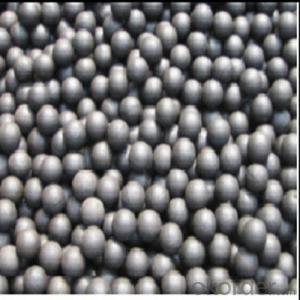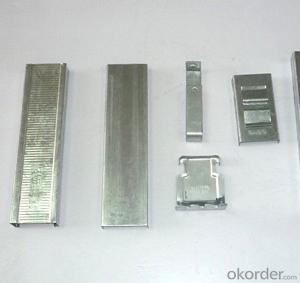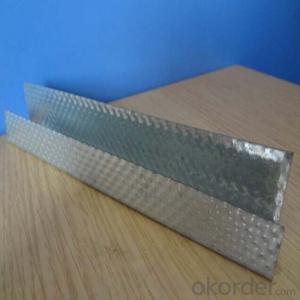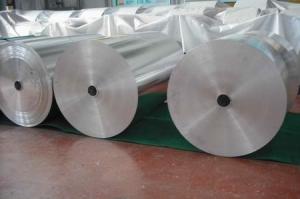9mm Aluminum Ammo In Stock
9mm Aluminum Ammo In Stock Related Searches
Led Light Bulbs For Ceiling Fixtures Shiny Or Dull Side Of Aluminum Foil For Cooking Decorative Ceiling Plate For Light Fixture 42 In Ceiling Fan With Light Ceiling Plate For Hanging Light Aluminum Foil For Ceiling Hole Saw For Aluminum Plate Aluminum Tread Plate For Trailer Bow Plate For Aluminum Boat Aluminum Foil For Grow RoomHot Searches
Scaffolding For Sale In Uae Scaffolding For Sale In Ireland Scaffolding For Sale In Houston Stock Price For Aluminum Aluminum Coil Stock For Sale Aluminum Gutter Coil For Sale Used Aluminum Scaffolding For Sale 1/4 Aluminum Plate For Sale Aluminum Bar Stock For Sale Aluminum Round Stock For Sale Aluminum Diamond Plate For Sale Aluminum Scaffolding For Sale Craigslist 6061 Aluminum Plate For Sale Aluminum Dock Plate For Sale 7075 Aluminum Plate For Sale Aluminum Tread Plate For Sale Aluminum Checker Plate For Sale Aluminum Plate For Sale Near Me Plate Aluminum For Sale Aluminum Plate For Sale9mm Aluminum Ammo In Stock Supplier & Manufacturer from China
Okorder.com is a professional 9mm Aluminum Ammo In Stock supplier & manufacturer, offers integrated one-stop services including real-time quoting and online cargo tracking. We are funded by CNBM Group, a Fortune 500 enterprise and the largest 9mm Aluminum Ammo In Stock firm in China.Hot Products
FAQ
- Some of the different coil recoiling options available for aluminum coils include oscillate winding, traverse winding, and precision slitting.
- Yes, aluminum coils can be painted or printed on. Aluminum coils are often coated with a protective layer that allows them to be painted or printed on. This opens up a wide range of possibilities for customization and branding purposes.
- How many companies have used aluminum coil?
- Too many. All the companies who make the aluminum products you have seen in daily life have used it. So it is hard to explain.
- Classification of aluminium rolls for aluminium rolls
- On behalf of 6061, mainly contains two elements of magnesium and silicon, so it focuses on the advantages of the 4000 series and the 5000 series, and the 6061 is a cold treatment aluminum forging product, which is suitable for applications with high corrosion resistance and oxidation resistance.
- Some common maintenance practices for aluminum coils include regular cleaning, inspection for damage or corrosion, and ensuring proper airflow around the coils. Cleaning the coils is important to remove dirt, debris, and other contaminants that can accumulate over time. This can be done by gently brushing or vacuuming the coils, or using a mild detergent and water solution to clean more stubborn dirt. It is important to avoid using harsh chemicals or abrasive materials, as they can damage the aluminum surface. Inspecting the coils for damage or corrosion is also essential for maintaining their performance and longevity. Any signs of physical damage, such as dents or bends, should be addressed promptly to prevent further deterioration. Additionally, corrosion can occur due to exposure to moisture or chemicals, so it is important to check for any signs of rust or discoloration. If corrosion is present, it should be treated and the cause of the corrosion should be addressed to prevent future damage. Proper airflow around the coils is crucial for efficient operation. Obstructions or blockages in the surrounding area should be cleared to ensure adequate air circulation. This can include removing any debris or objects that may be restricting airflow, as well as ensuring proper spacing between the coils and nearby objects. Additionally, regular inspection of the air filters and ventilation system is important to prevent any restrictions that could impact airflow. Overall, regular cleaning, inspection, and maintenance of aluminum coils can help ensure their optimal performance and prolong their lifespan. It is recommended to follow manufacturer guidelines and consult with professionals if any issues or concerns arise.
- The main difference between hot rolled and cold rolled aluminum coils lies in their production process and the resulting properties of the final product. Hot rolled aluminum coils are produced by heating aluminum ingots above their recrystallization temperature, typically around 450°C (842°F), and then rolling them through a series of rollers to reduce their thickness and shape them into coils. This process allows for quick production and the ability to produce larger coils. However, hot rolling can lead to a less precise and less smooth surface finish, with potential for surface defects and oxidation. On the other hand, cold rolled aluminum coils are produced by further processing hot rolled coils. The hot rolled coils are first pickled, or chemically treated, to remove any mill scale or impurities. They are then cold rolled, which involves passing them through a series of rollers at room temperature. This process results in a more precise and smoother surface finish, with excellent dimensional accuracy and tighter tolerances. Cold rolling also increases the strength and hardness of the aluminum, making it more suitable for certain applications. In terms of properties, hot rolled aluminum coils generally have lower strength and hardness compared to cold rolled coils. They also have a higher likelihood of surface defects and oxidation due to the high temperature involved in the production process. Cold rolled aluminum coils, on the other hand, exhibit higher strength and hardness, as well as better surface finish and dimensional accuracy. These properties make cold rolled aluminum coils more suitable for applications that require higher quality and precision. Overall, the choice between hot rolled and cold rolled aluminum coils depends on the specific requirements of the end-use application. Hot rolled coils are often used in applications where speed and cost-effectiveness are prioritized, while cold rolled coils are preferred for applications that demand higher quality, precision, and strength.
- There are several ways in which aluminum coils contribute to energy efficiency. To begin with, aluminum is a highly conductive metal, enabling it to transfer heat efficiently. When utilized in HVAC systems, aluminum coils aid in the efficient transfer of heat between the air and the refrigerant, resulting in faster cooling or heating of the space. Secondly, aluminum coils possess a lightweight nature and boast a high strength-to-weight ratio. This particular characteristic makes them easier to handle and install, ultimately reducing the overall weight of the HVAC system. The reduced weight not only enhances transportation and installation efficiency but also lessens the burden on the building structure. Moreover, aluminum coils exhibit durability and resistance to corrosion. This longevity ensures the smooth operation of the HVAC system for an extended period, thereby minimizing the need for frequent repairs or replacements. Consequently, less energy is wasted on maintenance or component replacements, resulting in improved energy efficiency. Additionally, aluminum is a recyclable material, and the utilization of aluminum coils in HVAC systems promotes sustainability. The recycling process for aluminum requires significantly less energy compared to the production of new aluminum, thereby reducing the overall carbon footprint and energy consumption. Lastly, aluminum coils are frequently manufactured with enhanced fin designs and advanced technology, such as microchannel coils. These advancements increase the surface area of the coil, thereby enhancing heat transfer efficiency and reducing the energy required for cooling or heating. In conclusion, aluminum coils contribute to energy efficiency by facilitating efficient heat transfer, reducing system weight, promoting durability, supporting sustainability through recycling, and incorporating advanced technology to enhance heat exchange.














































